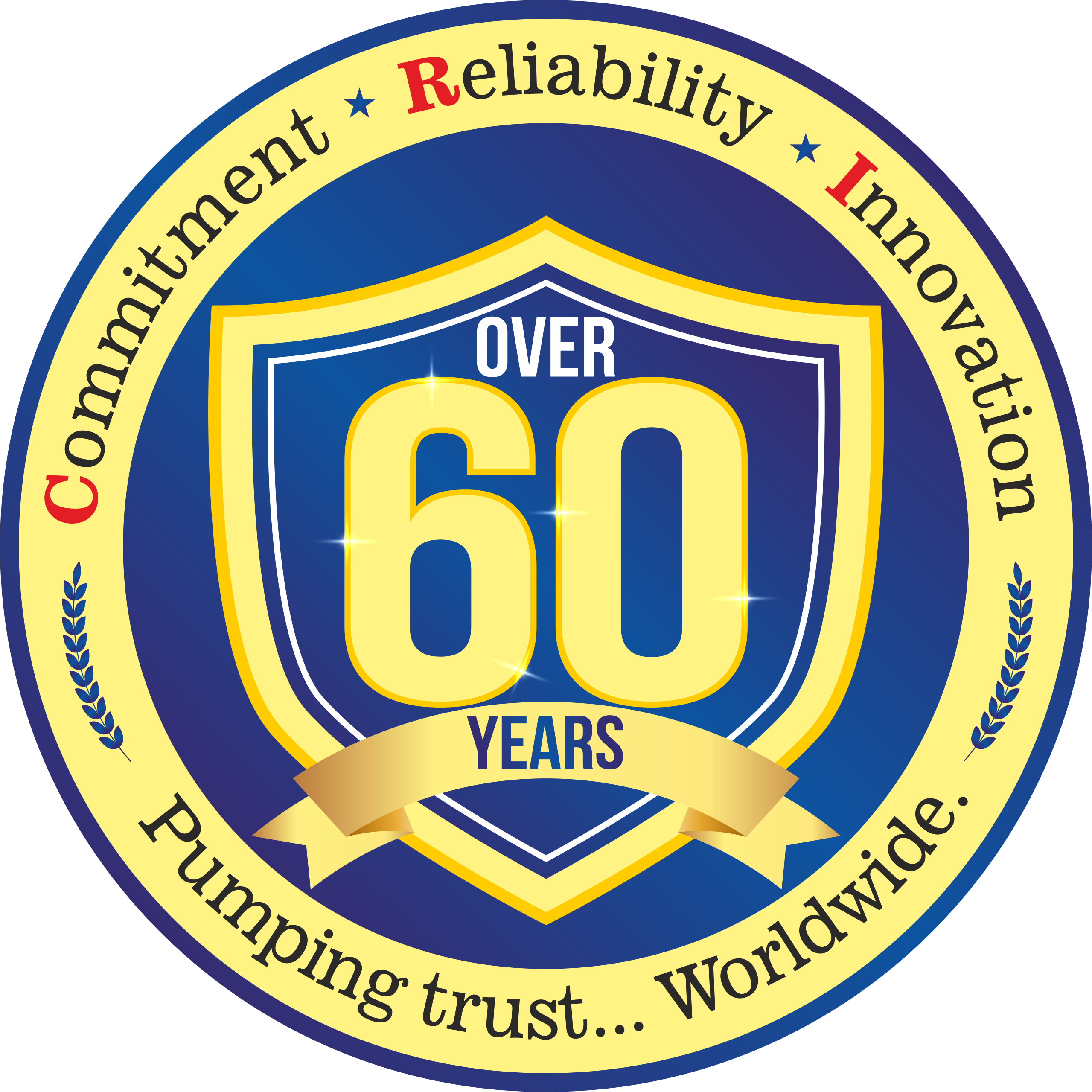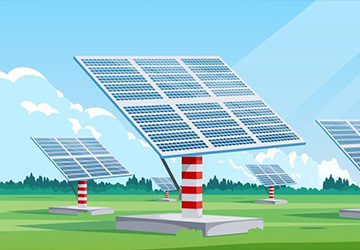Safeguarding Lives and Property: Exploring the Role of Modern Firefighting Pumps
Introduction to firefighting pumps Firefighting pumps play a crucial role in safeguarding lives and property during emergency situations. These powerful devices are designed to deliver high-pressure water flow, enabling firefighters to extinguish fires efficiently. Whether it’s a blazing inferno in a commercial building or a wildfire threatening a residential area, firefighting pumps are indispensable tools that ensure the safety of both firefighters and the public. In this article, we will explore the importance of firefighting pumps, their different applications, the types available, advancements in pump technologies, and the benefits of modern firefighting pumps. Importance of Fire-Fighting Pumps in Emergency Situations When a fire breaks out, time is of the essence. Firefighting pumps provide the necessary water flow and pressure to combat flames effectively. These pumps can deliver a continuous stream of water to suppress the fire, preventing it from spreading further. In emergency situations, where every second counts, having a reliable firefighting pump can mean the difference between containing a fire and witnessing a catastrophic event. These pumps ensure that firefighters have the necessary equipment to extinguish fires quickly and efficiently, minimizing the damage caused and saving lives. Different Applications of Fire-Fighting Pumps Firefighting pumps find their applications in various scenarios, ranging from residential settings to large-scale industrial operations. In residential areas, firefighting pumps are commonly used as part of fire sprinkler systems. These systems detect and suppress fires automatically, providing early intervention and reducing the risk of extensive damage. In commercial buildings, such as hotels and hospitals, firefighting pumps are installed to comply with safety regulations and ensure the safety of occupants. Furthermore, firefighting pumps are essential in rural areas prone to wildfires, as they enable firefighters to access remote locations and provide a reliable water source for extinguishing the flames Types of Fire-Fighting Pumps and Their Features Firefighting pumps come in different types, each designed to cater to specific needs and requirements. The most common types include centrifugal pumps, piston pumps, and rotary gear pumps. Centrifugal pumps are known for their high flow rates and are ideal for applications that require a large volume of water. Piston pumps, on the other hand, are capable of producing high-pressure water flow, making them suitable for situations that demand greater force. Rotary gear pumps are often used in industrial settings due to their ability to handle viscous fluids effectively. Choosing the right type of firefighting pump depends on factors such as the size of the area to be protected, the required flow rate, and the available water source. Advancements in Fire Fighting Pump Technologies The field of firefighting pump technologies has witnessed significant advancements in recent years. These advancements have focused on improving firefighting pumps’ efficiency, reliability, and performance. One notable innovation is the integration of digital controls and sensors into firefighting pump systems. These smart pumps can monitor variables such as water pressure, temperature, and pump performance in real time, providing firefighters with valuable information to optimize their firefighting efforts. Additionally, advancements in pump materials and manufacturing processes have resulted in lightweight and corrosion-resistant pumps, making them more durable and easier to handle. Benefits of Modern Fire-Fighting Pumps Modern firefighting pumps offer a range of benefits that enhance their effectiveness in combating fires. Firstly, these pumps are designed for quick deployment and ease of use, allowing firefighters to respond swiftly to emergency situations. The improved efficiency and performance of modern firefighting pumps ensure a faster and more effective suppression of fires, minimizing property damage and reducing the risk of injuries. Furthermore, modern pumps are equipped with advanced safety features, such as automatic shut-off systems and thermal protection, which enhance the overall safety of firefighters during operation. The integration of digital controls also enables remote monitoring and diagnostics, facilitating proactive maintenance and reducing downtime. Factors to Consider When Choosing a Fire-Fighting Pump Selecting the right firefighting pump requires careful consideration of various factors. Firstly, the pump’s flow rate and pressure capabilities should match the requirements of the intended application. It is important to assess the size of the area to be protected, the distance to the water source, and any elevation changes that might affect the pump’s performance. Secondly, the pump’s reliability and durability should be evaluated. Look for pumps constructed with high-quality materials and a proven track record of reliability. Additionally, consider factors such as fuel efficiency, ease of maintenance, and compatibility with existing fire suppression systems. Consulting with experts in the field can provide valuable insights and guidance in choosing the most suitable fire-fighting pump. Maintenance and Servicing of Fire Fighting Pumps To ensure the long-term reliability and performance of firefighting pumps, regular maintenance and servicing are essential. Firefighting pumps should be inspected, tested, and serviced according to manufacturer guidelines and industry standards. Routine maintenance tasks include checking for leaks, inspecting and cleaning filters, lubricating moving parts, and testing the pump’s performance. It is crucial to keep detailed records of maintenance activities to identify any recurring issues and ensure compliance with safety regulations. Regular servicing by qualified technicians can address any potential problems early on, preventing costly breakdowns and ensuring that the pump is always ready for action. Investing in Reliable Fire-Fighting Pumps for Enhanced Safety Investing in reliable firefighting pumps not only ensures the safety of firefighters but also minimizes property damage and saves lives. When it comes to fire safety, investing in reliable firefighting pumps is crucial. C.R.I. specializes in manufacturing firefighting pumps that have all the necessary features. Each pump is crafted with precision, considering the specific requirements of firefighting applications. From airports to high-rise buildings, ensure top-notch protection with our precisely engineered fire-fighting solutions. Equipped for excellence with both motor & and engine-driven pumps, our ready-to-use systems are thoroughly tested and backed by swift after-sales service to protect lives and assets Contact us today to explore our range of modern firefighting pumps and ensure the safety of your property and the people within.













